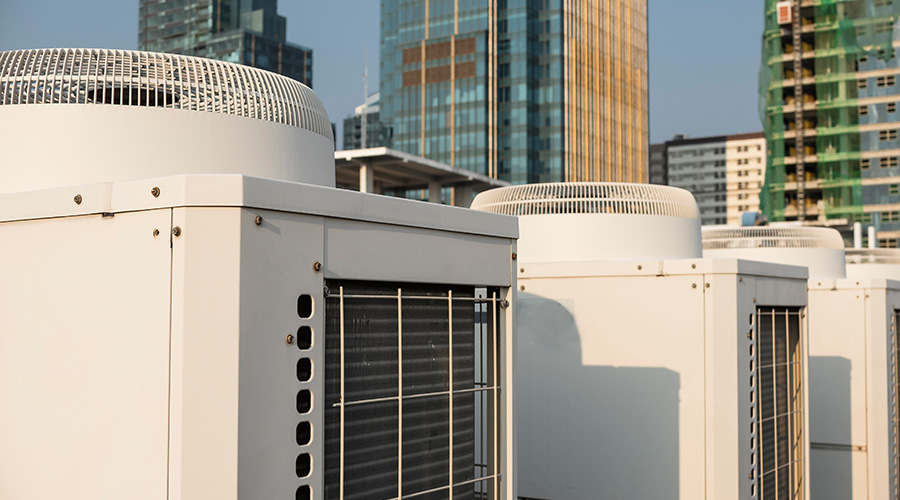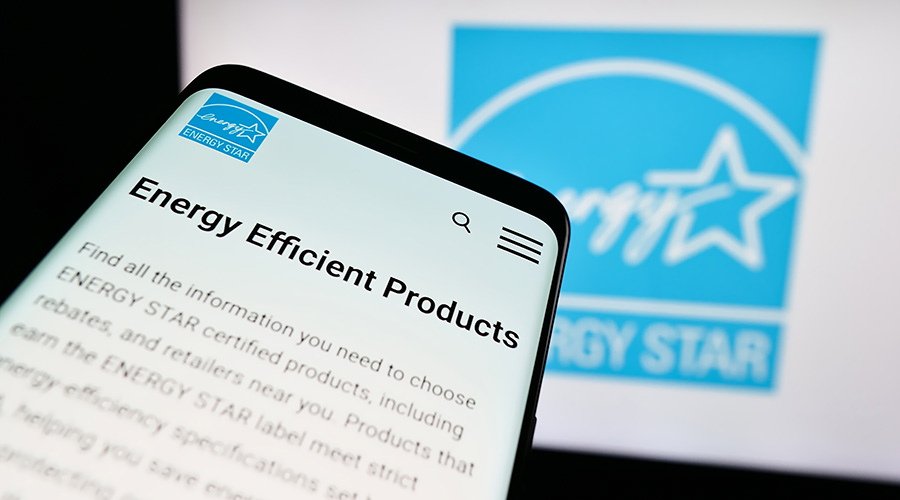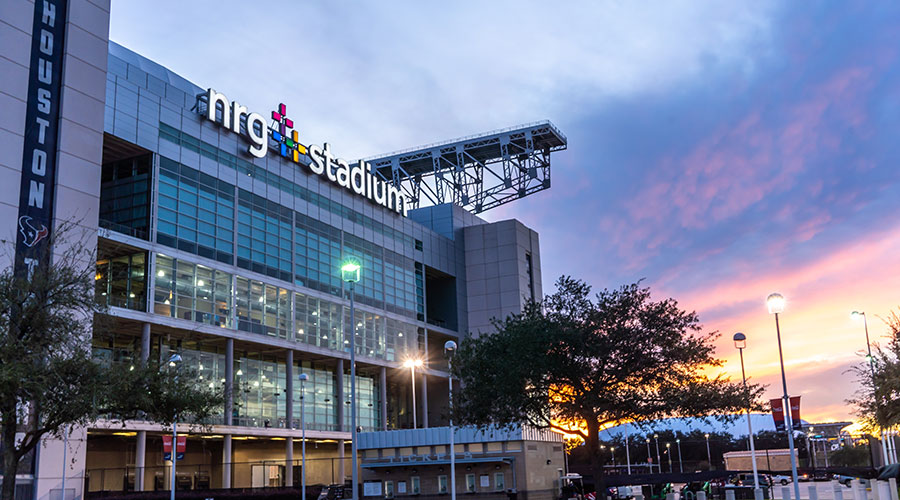Making Zero-Emissions Facilities the New Normal
Panel discussion spotlights drivers and resources for building owners seeking to eliminate emissions from their facilities’ operations and materials.
By Dan Hounsell, Senior Editor
The focus in facilities is shifting from energy to carbon.
Every day, more building owners and facility executives are committing to the goal of zero carbon emissions, and more buildings are achieving this goal. Incentives for this pursuit and best practices for buildings are on the rise, and recent advances and rapid adoption of technologies have become key factors in creating more zero-emissions buildings.
Beyond these drivers, the arrival of a national definition for zero-emissions buildings, new tools like LEED v5 and local ordinances are further accelerating the move to zero-emissions buildings.
As a result, building owners and facilities executives in institutional and commercial facilities are increasingly ditching fossil fuels for electricity to curb their emissions. Many are pursuing greater efficiency in a variety of ways, from next-generation heat pumps, air conditioners and appliances that use less power to passive design techniques like insulation, reflective roofs and energy-smart architecture and even AI-driven building management systems, all with the goal of curtailing energy use and elimination emissions.
The issue of zero emissions took center stage at the recent Greenbuild International Conference and Expo in Orlando during a panel discussion focused on making zero-emission buildings the new normal.
Spotlight on drivers
The panelists discussed a range of factors driving zero-emission efforts nationwide, including legislation.
“Legislation and legislative requirements are very strong drivers” of zero-emission buildings, says Dana Robbins Schneider, senior vice president and director of energy, sustainability and ESG with Empire State Realty Trust. “A lot of people say they don’t like regulation, but this kind of regulation is more of a guidebook on how to run buildings better. The more that we can educate owners about that, it helps them understand that this regulation might seem like it's onerous, but really it's giving you a guidebook on how to run your building in a way that delivers better cash flow for you as an owner.
“The more we can position it that way, the better off we all are. The more that we can make the case that there's a great business case to be made for it, the better off we'll be.”
Schneider said that while legislation can be an important driver of zero-emission buildings, action is not likely to come at the federal level.
“Federal legislation is not what drives buildings that are efficient in America,” she says. “We don't have federal legislation for building performance, so we need to push for building performance standards in our cities, in our municipalities and in our states, which is where it lies already and where people really are more connected. State and local legislators are more connected to their people, many of whom want this and many of whom understand that it creates jobs and drives better revenues and economics for their cities and states.”
Elizabeth Beardsley, senior policy council with the U.S. Green Buildings Council (USGBC), said guidelines for zero operations emissions show up in policies by local and state governments, including in Boston and Somerville, Massachusetts, as well as in the Inflation Reduction Act, which references retrofits for and construction of zero-emissions buildings.
Given the complex nature of emissions reduction, the arrival of a definition of zero-emission buildings has helped the players understand the issue better and focus their efforts.
“We've developed the definition (of zero-emissions buildings) so that we can all be pointing in the same direction and so that we can move together,” says Heather Clark, senior director for building sector climate policy in the Biden administration. “It means making sure investors are investing in zero emissions buildings. It means aligning manufacturing so that we're making sure that the heat pumps or the lower embodied carbon materials or other materials are available for you to do the work.”
Clark also points to President Biden’s 2021 executive order that outlined a path to achieving net-zero emissions across federal operations by 2050 as a driver of emissions reduction. The order also directed that all new construction had to be zero emissions and that by 2032, 50 percent of the buildings needed to be zero emissions. President Trump revoked the order in 2025.
Making the case
The panelists acknowledged that building owners and facility executives face challenges in pursuing zero-emissions facilities, but they reminded attendees that while such efforts require financial commitments, there is also a cost in doing nothing.
Laurie Kerr, senior climate advisor with the USGBC, said that discussions of emissions-reduction projects are always presented as the cost of the project vs. the cost of not doing the project. But, she added, “Doing nothing is not free.”
For owners hoping to eliminate emissions from their facilities by making investments in emissions-reduction projects, Kerr offered this insight: “We can’t ‘efficiency’ our way to zero.”
Making the case for emissions-reduction projects will require that owners understand the options available to them and the costs involved, as well as the opposition that they are likely to face.
“You have to understand all the costs because if you leave anything out, someone in the room will call you out, and it will discredit everything you’ve said,” she said. “You can't make any mistakes when you do this kind of work. You need to know more than everyone else in the room. You need to know more than the naysayers in the room, and they are always there.”
Beardsley acknowledged the difficult environments building owners are likely to face in coming years as they seek approval for projects that target emissions in their facilities operations, and she offered encouragement for the challenges ahead.
“Sometimes the wind is in your sails, and sometimes you are the wind,” she said.
Dan Hounsell is senior editor for the facilities market. He has more than 30 years of experience writing about facilities maintenance, engineering and management.
Related Topics:












